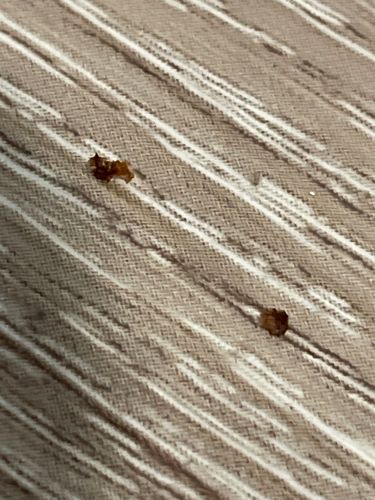Bed Bug
Scientific Name: Cimex lectularius
Order & Family: Order: Hemiptera, Family: Cimicidae
Size: Adults are typically 4-5 mm (0.16-0.20 inches) long, oval-shaped, and flattened, especially before feeding. Nymphs are smaller and lighter in color.

Natural Habitat
Bed bugs prefer to live in close proximity to their hosts. They are commonly found in mattresses, bed frames, box springs, headboards, and other furniture. They can also hide in cracks in walls, electrical outlets, and behind wallpaper.
Diet & Feeding
Strictly hematophagous, meaning they feed exclusively on the blood of warm-blooded animals, primarily humans.
Behavior Patterns
Bed bugs are primarily nocturnal, feeding on blood during the host's sleep. They hide in cracks and crevices during the day. They are highly resilient and can survive for several months to over a year without a blood meal. They reproduce rapidly under favorable conditions.
Risks & Benefits
Risks: Bed bugs can cause itchy red welts due to their bites, leading to skin irritation, allergic reactions, and secondary infections from scratching. They can also cause anxiety, sleep deprivation, and psychological distress. They are not known to transmit diseases to humans. Benefits: None known for humans or the ecosystem; they are considered a pest.
Identified on: 8/28/2025